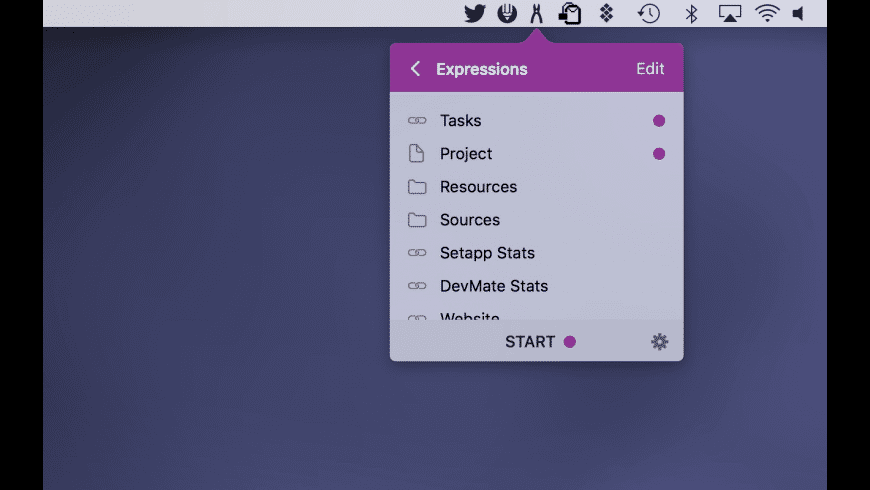
Industry-leading solution for deploying virtual desktops on different virtual desktop solutions.With ACE, enterprises can create the desktop delivery solution that best serves their needs.Įnterprises can accomplish this by deploying Ace DaaS to manage their workloads and optimizing security with a multi-layered protection experience from a single administration point. Looking For More? Leverage Ace Hosted Virtual Desktops To Deploy Your WorkloadsĪce DaaS supports multi-session hybrid cloud models allowing companies to leverage these options as per their specialized requirements. As such, if an enterprise needs infrastructure-as-a-service (IaaS) or a wide range of tools, AWS is likely the better option.

#Amazon workspaces price windows
On the other hand, Azure is more compatible with large firms that already rely on Microsoft products and excels in providing platform-as-a-service (PaaS) and Windows integration. AWS is a larger cloud provider with a more cost-effective pricing model and greater developer friendliness. In contrast, Azure’s pricing model offers less flexibility, with options for pre-paid or monthly charges only.īoth AWS and Azure are strong competitors – each excelling in different areas. Regarding pricing flexibility, AWS’s pay-as-you-go model allows for more savings through maximum resource usage. For instance, a bigger instance with 256GB RAM and 64vPCU on AWS workspace costs $3.20/hour, while the same configuration on Azure costs $6.76/hour. However, Azure becomes more expensive as the architecture grows. When comparing pricing models between Amazon Web Services (AWS) and Microsoft Azure, one should note that AWS charges hourly while Azure charges by the minute.Ī primary instance with two virtual CPUs and 8GB of RAM on Amazon Workspace costs around $0.092/hour, while the same on Azure costs around $0.096/hour. While Microsoft traditionally doesn’t focus on open-source as AWS, they have recently made changes to support Red Hat Enterprise Linux (RHEL) and Hadoop clusters within Azure.ĪWS is generally better suited for users with Linux servers, while Azure is geared towards developers working with the. In contrast, Microsoft Azure natively supports Windows development tools such as Visual Basic Script (VBS), Active Directory, and SQL databases. This shared option proves to be a cost-effective approach for companies, as they can save on additional virtual machine expenses.Īmazon Web Services (AWS) supports the open-source community allowing for seamless integration with various open-source tools such as Ansible, Jenkins, Docker, and GitHub. Amazon Workspaces offers each user the option of a Windows or Linux operating system.Īzure workspace is limited to Windows OS and provides the choice between a personal desktop and a shared virtual computer. However, the difference lies in providing a similar performance on different operating systems. When it comes to general features, Amazon Workspaces and Microsoft Azure Windows Virtual Desktop have a lot in common, such as delivering remote access to the user to connect to work resources from any location and supporting native applications and web browsers. Azure Virtual Desktop: Differences to Note Looking For More? Leverage Ace Hosted Virtual Desktops To Deploy Your WorkloadsĪmazon Workspaces Vs.

While Azure Virtual Desktop, the Microsoft offering, was launched in 2010 and offered similar services to AWS, including services for artificial intelligence, analytics, and the Internet of Things (IoT).Īzure is well-known for its robust integration with Microsoft products, such as Active Directory and Visual Studio, making it an ideal choice for enterprises that already use those products.īut who will come out on top as the ultimate winner for providing remote work solutions? With over 175 service offerings, including developer tools, management tools, computing and database services, networking and mobile solutions, and more, enterprises get an array of options at their disposal.

Despite the intense competition, AWS remains the leader in the market due to its substantial range of solutions. In the world of Desktop as a Service (DaaS), Amazon Web Services (AWS) has been the dominant player since its launch in 2006. Two technology powerhouses, Amazon Workspaces and Microsoft Azure Windows Virtual Desktop collide in a battle for virtual desktop infrastructure dominance.


 0 kommentar(er)
0 kommentar(er)
